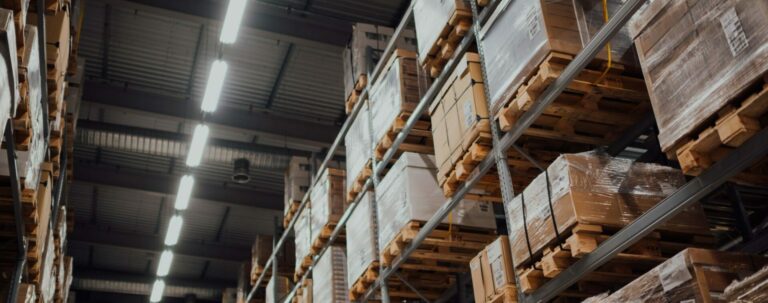Whether you’re navigating the complexities of supply chain, seeking tips and insights, or simply want to stay ahead of industry trends, our articles are here to guide you. Written by seasoned supply chain experts, these recourses are designed to empower you with new knowledge.





Welcome to a Recap of The Optilon Supply Chain conference 2022, held on September 8, 2021. Disruptions come in many forms, and in recent years

Covid-19, labor shortages, and disruptions, in general, have created global Supply Chain nightmares and revealed a need to modernize the Supply Chain with modern technologies
Join 3000+ subscribers who read the Optilon monthly newsletter and be the first to hear about the latest insights, articles, events and more.